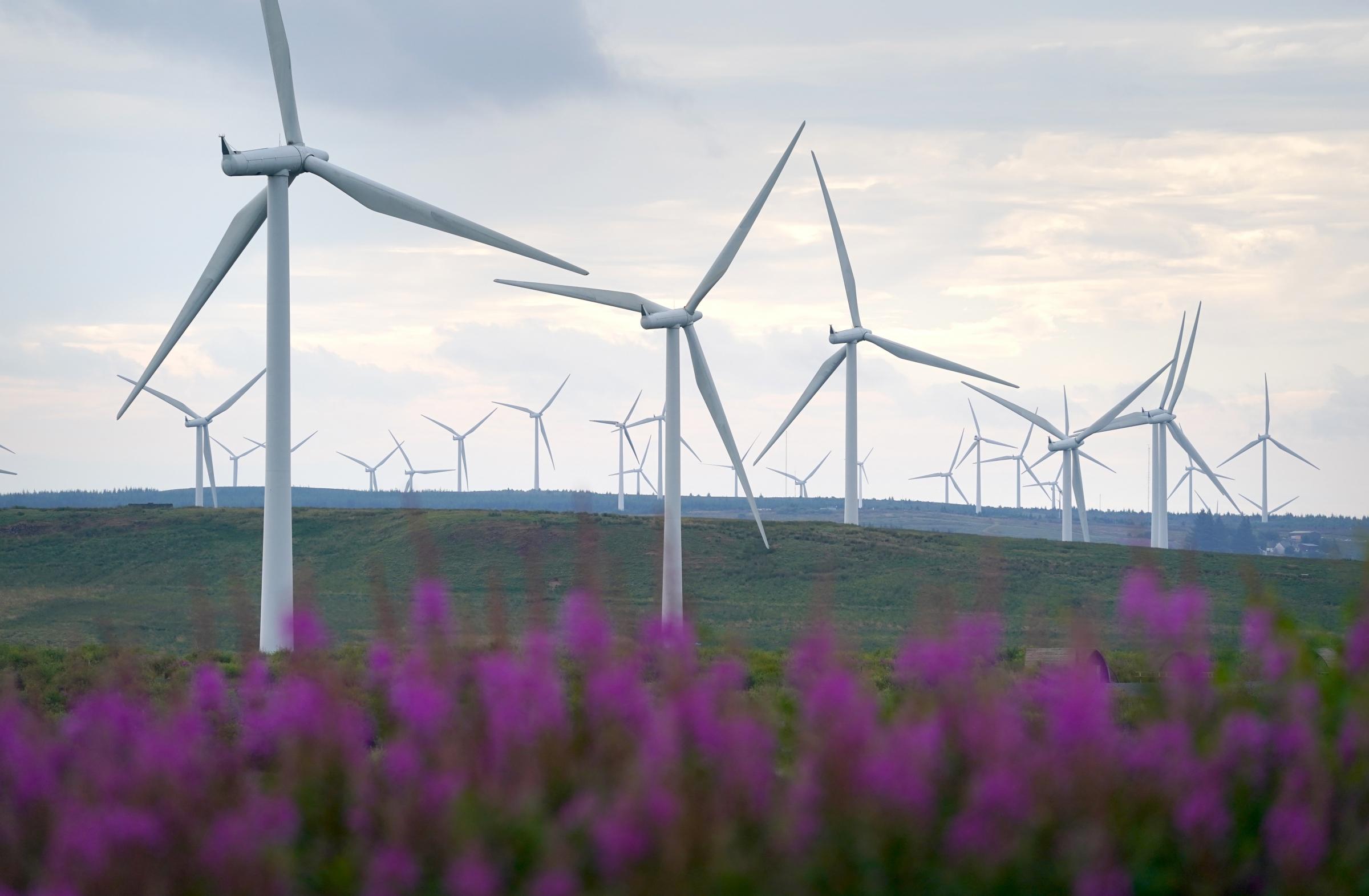
FLOATING wind farms could be installed further into deep water after University of Dundee experts unveiled plans to develop revolutionary new anchoring technology and analysis techniques.
Members of the Geotechnical Engineering group, based within the university, are to develop the next generation of drag embedment anchors aimed at making the installation of floating wind turbines more cost efficient.
The depths at which floating turbines can be installed are limited by current anchor designs, which leave too great a footprint on the seabed and limit the number that can be installed in challenging maritime environments.
The Dundee team has been approached by subsea services provider Bruce Anchor to develop a new anchor concept capable of coping with millions of wave cycles in the most testing of conditions.
As consumers grapple with surging wholesale energy prices, Professor Michael Brown says his team’s work has the potential to make swathes of the sea viable for energy production.
The research of Brown and his team aligns with the UK Government’s recent announcement of £60 million of funding for offshore floating wind demonstrator projects and the Crown Estate Scotland’s recent announcement of new ScotWind lease sites, located in significantly greater water depths than before.
Dundee’s Dr Andrew Brennan said: “Developing the concepts in a university research environment using scaled physical modelling means that all the important influencing factors can be controlled and understood, allowing these concepts to progress to offshore deployment at a fraction of the cost of doing this as a full-scale offshore demonstration project.
“This latest work builds on 10 years of experience of developing anchoring foundation systems at the University of Dundee for the oil and gas, renewable energy and aquaculture sectors.
“It is hoped that these research efforts will have the potential to revolutionise future offshore renewable energy deployment as part of the low carbon and net-zero agendas.”







